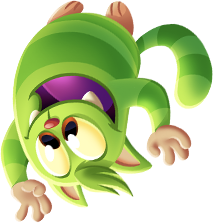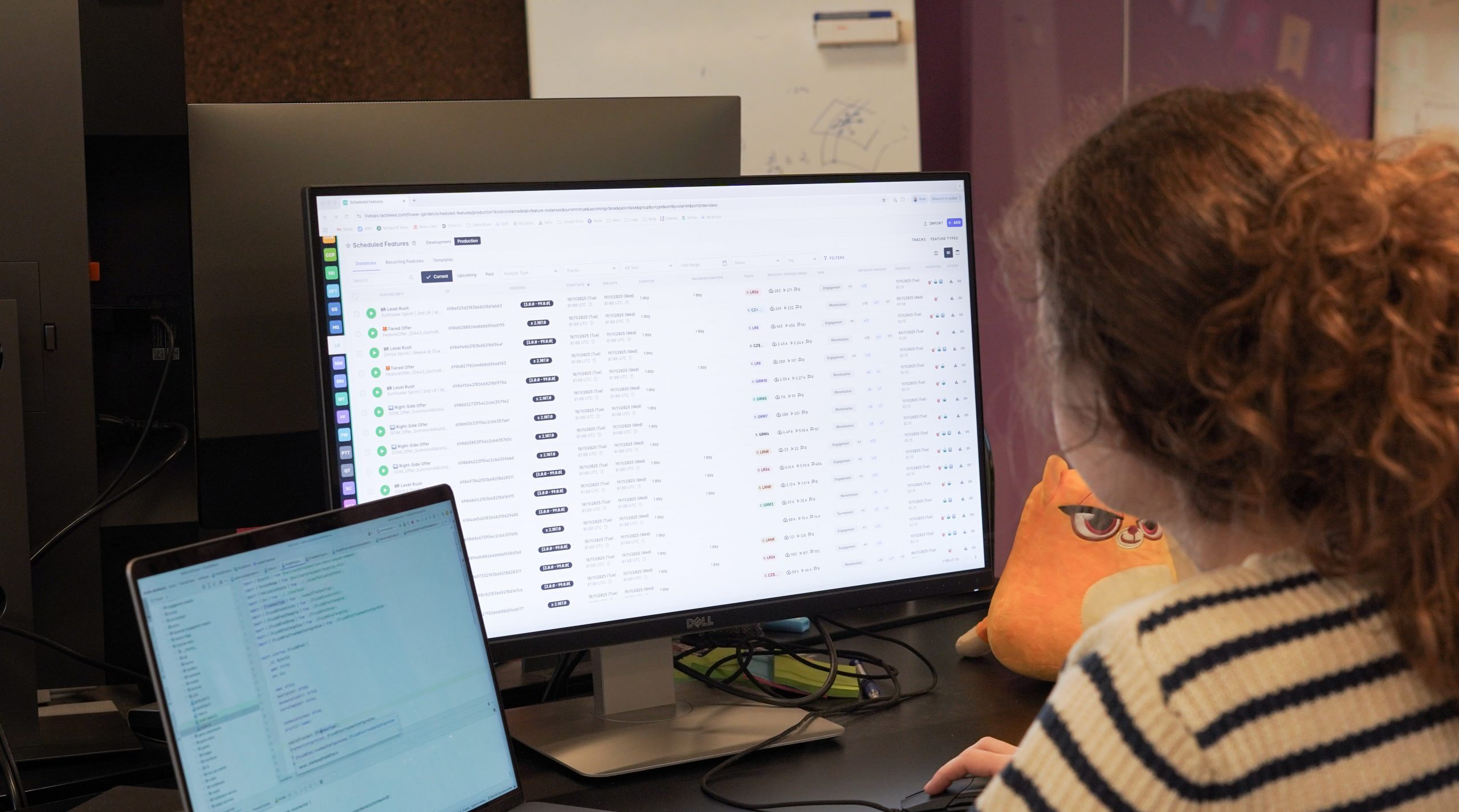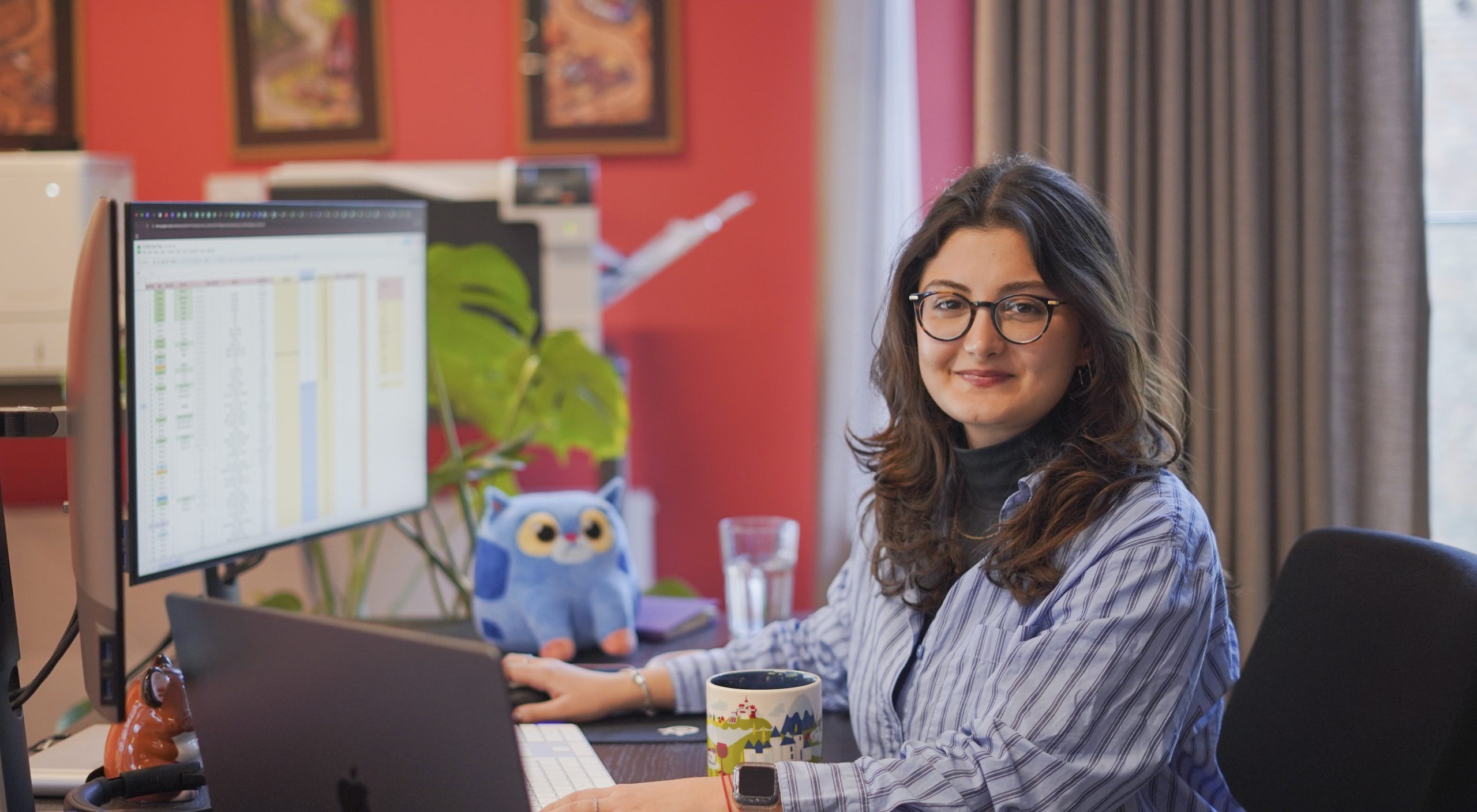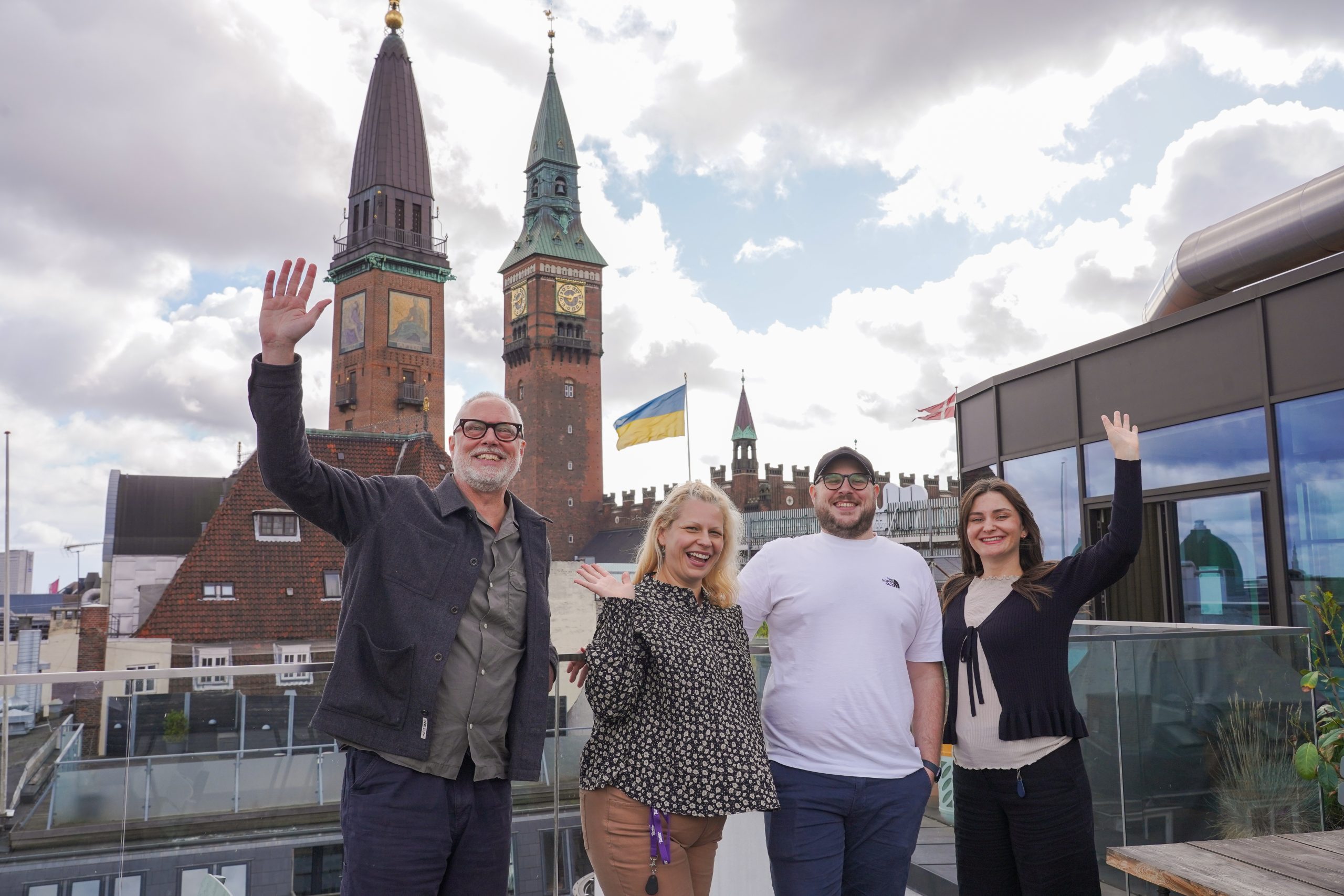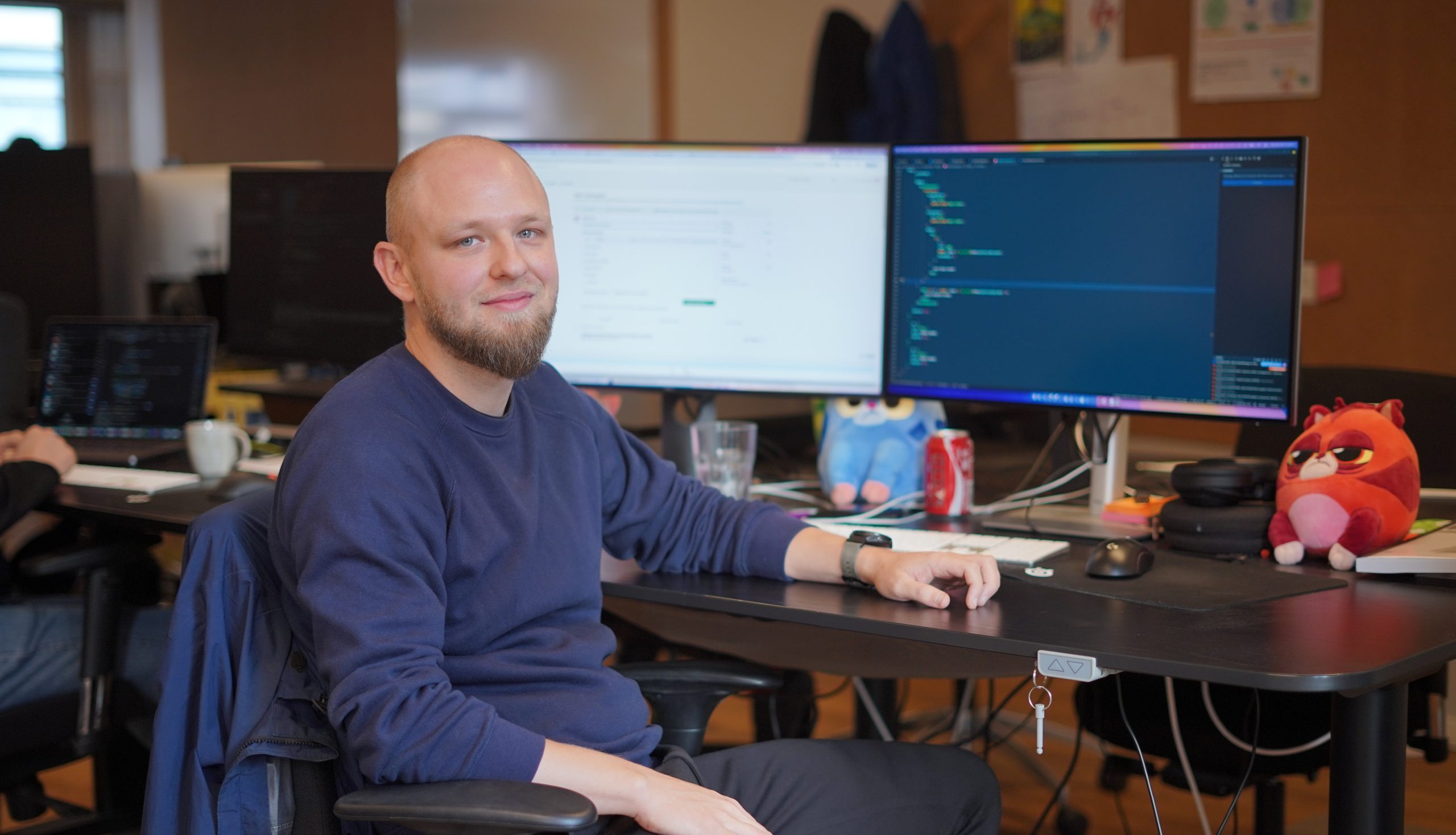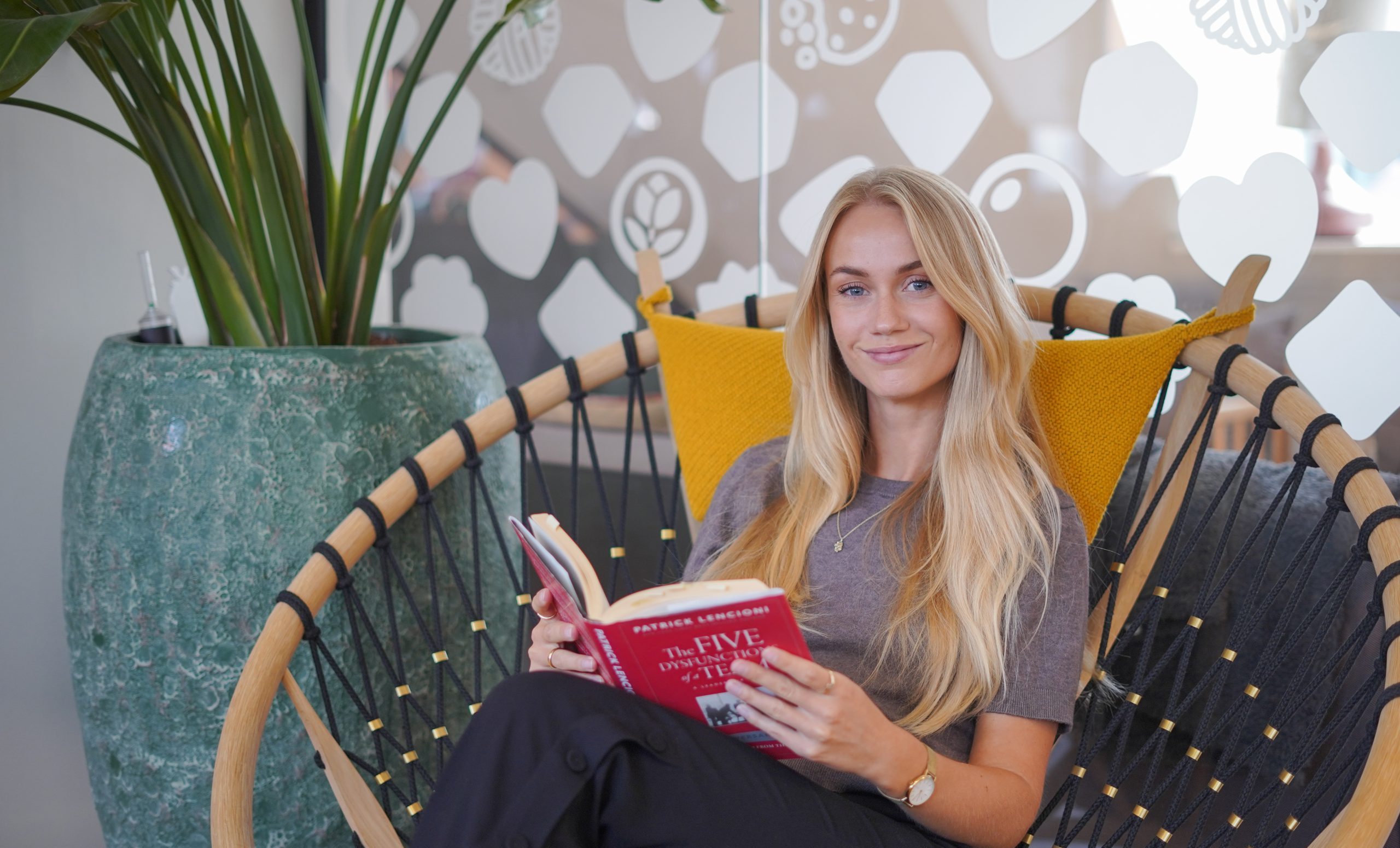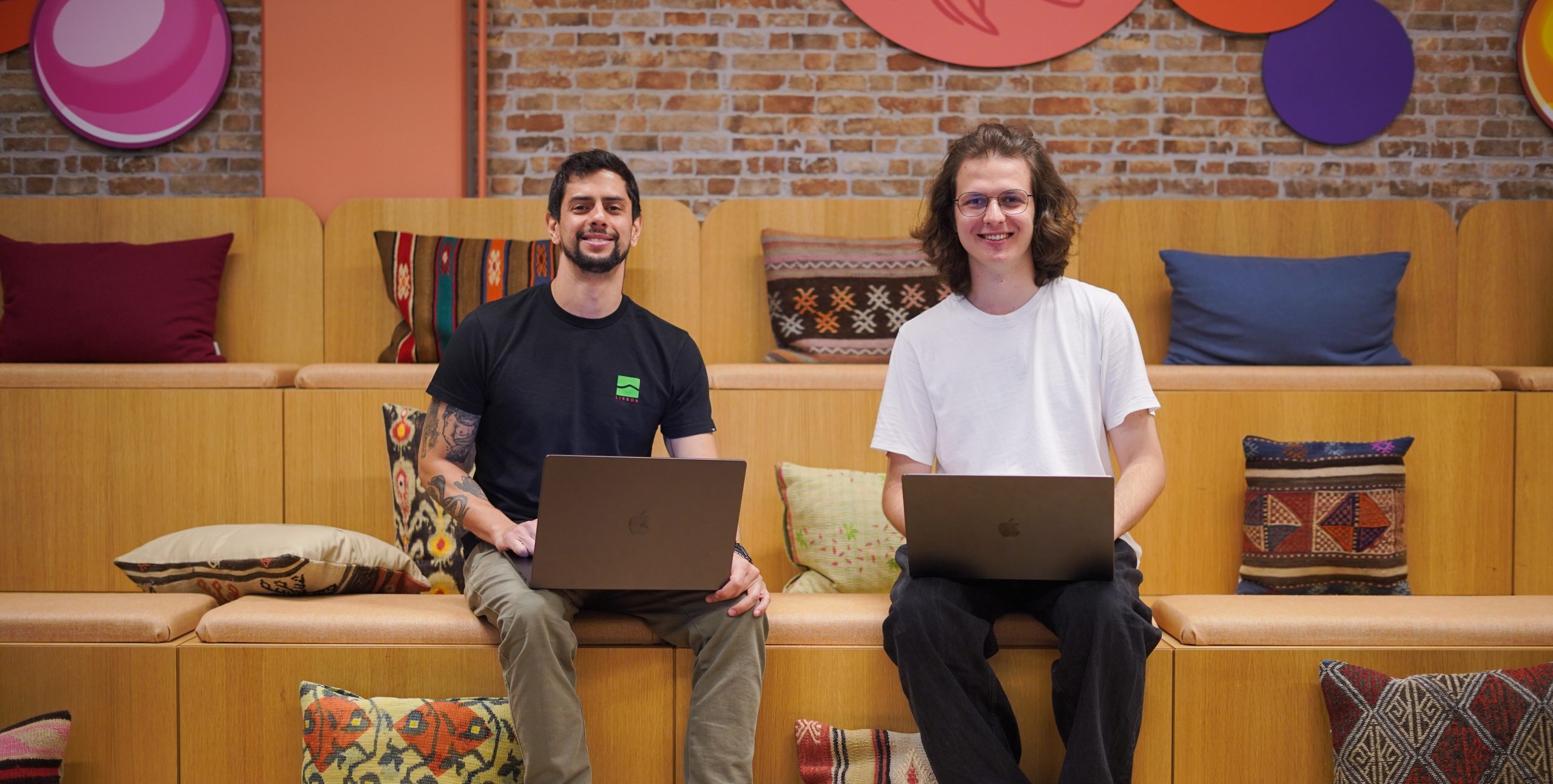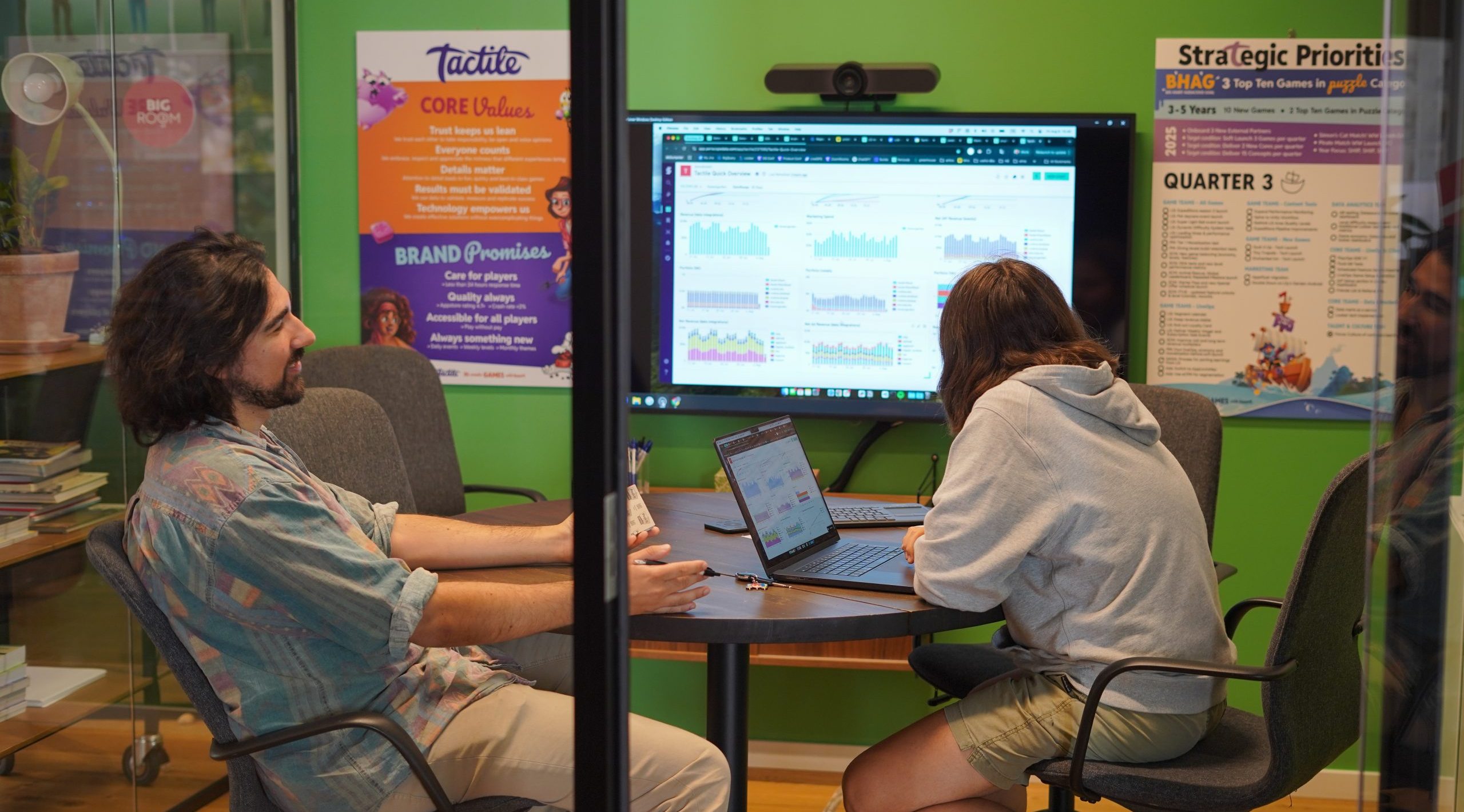A look into our game production pipelines
Written by Murad Musakaev, Producer and Head of Studio in Cyprus
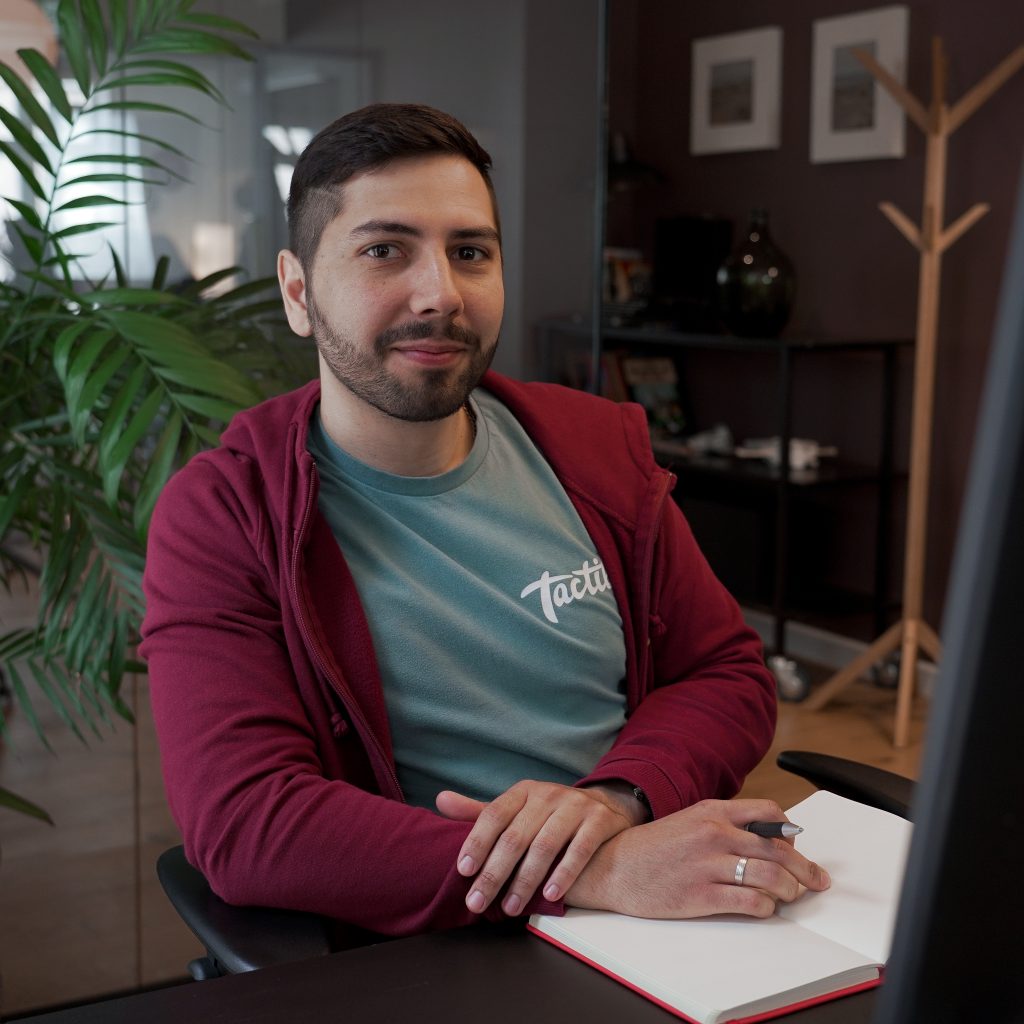
When it comes to the role of a Game Producer, that title can mean different things depending on the company: at some companies, it means “project manager”, in others “product specialist”, for some even “game designer”. Even inside Tactile, we define the role a bit differently depending on the project and team. But we agree on the core focus: building a robust production pipeline.
We all know the importance of innovation and creativity in games but the structured approach to production is equally vital. But what exactly does a game production pipeline look like?
I’ll take you behind the scenes of how we tackle things on a game like Penny & Flo, where my role as a producer revolves around three core pillars: level production, live-ops features, and story production (not every game in our portfolio has a big focus on narrative, but when it does, it’s a beast worth taming). Each of these pillars is crucial for creating games that engage players, grow and stay relevant in the dynamic field of free-to-play mobile gaming.
This article is a journey through our pipelines. Spoiler: it’s not only about concrete things like the right tools and accurate estimations but also about concepts like collaboration, transparent communication flow and flexibility of planning. Whether you’re in the industry or simply curious about how things work behind the scenes, this article will offer insights into the game production based on my experience at Tactile (which means it’s not a “one size fits all” guide 😉).
The First Pillar: Level Production
Unlike, i.e. stories, level production is at the heart of any game in our Tactile portfolio, no matter if it’s a match-3, line connector, bubble shooter or blast puzzle. Most of our games passed the 10,000 levels line and for some of them, like Lily’s Garden and Penny & Flo, the new releases happen each week (for LG it has been over 5 years of weekly releases with not a single week skipped, can you imagine that?).
Those levels keep the majority of players coming back for more, with decorations and stories taking 2nd and 3rd place as the core retention mechanics. And those levels also serve as a foundation for most of the live-ops features. But creating levels isn’t just about slapping a couple of new layouts together and calling it a day. It’s a continuous process that requires both creativity and a data-driven approach.
My job as a producer is to ensure the level design pipeline runs smoothly and aligns with both player expectations and business goals. This involves balancing creativity with efficiency, ensuring that the level designers have enough creative freedom while following the timeline. At Tactile, we use quantitative and qualitative analyses, prioritizing player feedback and data-driven insights to optimize the designs, mechanics and difficulty curves of our levels. This means that the levels we produce aren’t static, they evolve based on how our players interact with the game. In over 3 years that I spent in Tactile, my level design team reviewed the set of initial levels dozens of times, every time finding room for improvement.
Our level production pipeline is highly iterative. A typical cycle looks something like this:
- Concept: The level designers come up with ideas for new levels/mechanics. This phase is where creativity shines as designers experiment with new layouts, mechanics, board pieces.
- Prototype: Once the concept is approved by a stakeholder (usually by a product specialist but in some cases by producer) and the new piece is drawn, implemented in code and tested, designers move to the prototyping stage, where levels are created in the game engine but are still subject to changes.
- Test: At this stage, the levels undergo meticulous testing. Feedback is collected and necessary adjustments are made to ensure the levels are fun and well-balanced.
- Release: Once all changes are applied and the levels meet our quality standards, they’re released to the players. The team starts to monitor the performance.
- Iteration: Based on the analytics data, the levels are fine-tuned. This may involve changing the layout, adjusting the difficulty, redesigning a board piece or even scrapping it if it does not work well.
And this is without mentioning A/B tests, funnel adjustments and balancing a handful of metrics designed specifically for levels!
The levels are the be-all and end-all for games like Penny & Flo. Without engaging and well-designed levels, even the best game mechanics or storylines will struggle to keep players. One of the challenges here is to achieve smooth collaboration as there are quite a few teams involved in this process, sometimes across time zones: level designers, developers, QA, product specialists, data scientists, user research and player care managers. We’ve developed a robust communication flow, supported by tools like Jira, Confluence, Slack and our own internal dashboards, that allows these teams to work in sync.
And a pro tip: make sure that you have a shared understanding of your work glossary. In our case, we had so many definitions of the same concept (power pieces, boosters, bonuses, power ups, board pieces…), that we had to start a dedicated Confluence page where we align on how we call things. However, players don’t have that and keep referring to them in their own way 😆
The Second Pillar: Live-Ops Features
If levels are the heart of our game, live-ops features are the bloodstream that keeps players pumped and engaged. While a player might spend hours beating a difficult level and put the game away for the day, it is those time-limited tournaments and challenges that keep them engaged and coming back for the reward day after day. Our live-ops support has many forms: from seasonal events with limited time to participate to more routine things like daily challenges or leaderboards.
My role as a producer in the live-ops field is all about the balance. Working side to side with the product team, we ensure a consistent stream of fun, varied content that aligns with player expectations and market trends. These features, of course, should also serve the business purposes, keeping engagement, retention and LTV on the desired level, pushing it to new heights. And all this should hit the market in the right moment 🤪
To achieve all that, we follow an iterative cycle (do you see the emerging pattern here? 👀):
- Concept: Ideas for events and live-ops features often come from various teams: marketing, product, and even community feedback. Then the concept is assessed by the product team to see how it fits our games.
- Design & Prototype: Once a concept is approved, we work closely with game designers and developers to integrate the feature into the game. Whether it’s a family tournament, a limited-time event or a completely new game mode, each of them needs to be carefully balanced to ensure it’s both fun and achievable but challenging enough to keep the attention.
- Testing: For live-ops, this involves not just the tests of functionality, mechanics, rewards and difficulty, but also development of test cases and automations for future validations.
- Launch: After testing, the live-ops feature goes live. This is the critical stage where we closely monitor player feedback and metrics to ensure that the feature is hitting its goals – whether that’s engagement, retention, or revenue generation.
- Iteration: Live-ops rely heavily on data-driven decision-making. Every event or feature we roll out is analyzed in terms of player engagement, session length and revenue impact, and these insights go right back into the live-ops loop to inform future events.
One of the main challenges I already mentioned is timing. You can’t postpone New Year’s Eve or Halloween. Unlike levels, which can be developed at a steady pace, live-ops work is real-time. New events and features must be designed, tested, and launched in sync with specific dates, such as holidays or major game updates. A small hiccup can delay an entire event and lead to missed opportunities, not to mention unhappy players.
The Third Pillar: Story Production
When it comes to some of our games, particularly titles like Penny & Flo or Lily’s Garden, story production isn’t just a cherry on top. The stories we make keep players coming back for more, always wishing we can do more than one per week. But producing a captivating and engaging story that evolves over time is no walk in the park – it requires continuous collaboration between story director, writers, 2D and 3D character artists, animators, area artists and set-up specialists, cinematic artists, translators, QA, developers, and product and user research teams (imagine all the steps to this complex process!)
And just like with level design and live-ops, Tactile treats story production as an iterative process. It’s crucial to tailor a well-structured narrative but it also needs to be flexible enough to adapt to changes in player behavior, feedback, and market trends. For example, when we started a “Grand Thai Hotel” season of Penny & Flo, one of our main characters, Penny, was in the middle of a love triangle, so we analyzed player choices and behavior in some of the story tasks to pivot accordingly.
It’s a topic for a separate article but to put it short, we face these phases:
- Concept: The story director and writers brainstorm the overarching narrative, outlining key story plots, characters and their development that will happen in this season. This is not just about the story, but also about the setting, style of decorations, outfit design references and much, much more.
- Pre-production: Once the basic narrative structure is set, the director and writers develop individual story beats, while the art team starts to work on characters and area sketches in parallel. There are so many nitty-gritty details to it: aligning character animations with the story tone, matching dialogue pacing with gameplay flow as each story task requires a specific number of levels to be completed, making sure the visuals resonate emotionally with players… The list goes on.
- Implementation & Testing: The disciplines branch out and go deeper, and then come together again when cinematic artists will be piecing the story together in editor. The challenge here is to make sure that story sequences don’t break the player’s immersion, look interesting and fresh enough, but also don’t take unreasonable efforts to produce. For example, cutscenes should not be too long or intrusive, and dialogue pacing must feel natural, even when spread over several tasks. We call this dance of balance “cinematic excellence”.
- Player Feedback & Iteration: Just like with levels and live-ops, data plays a significant role in shaping our narrative decisions. We look at chapter ratings each week, analyze completion rates and decoration choices, sync with user support and UX teams. If a particular plot twist doesn’t resonate or feels like it’s slowing down progression, we adjust accordingly.
As a producer at Tactile, my role extends beyond just managing timelines and deliverables. It’s about making sure that these three pillars – level production, live-ops features and stories – work harmoniously and create the best possible experience for our players.
Whether it’s adjusting a level’s difficulty, tweaking a live event or modifying a story, game production is an agile and constantly evolving process. The magic happens when all three pillars align perfectly and “click”, but here’s the harsh truth: no matter how robust your pipelines are, challenges will arise as not everything is in your control. Whether it’s an unexpected bug, shifting market trends or the complexities of team communication, being adaptable is key (or one of the keys at least, as I wrote here).
As with anything in game production, it’s not about avoiding mistakes – it’s about learning from them, adapting quickly and keeping the data at the forefront of your decisions. And if you ever find yourself struggling to keep all these pillars balanced, just remember – even the most well-organized pipelines require an occasional adjustment 😉
